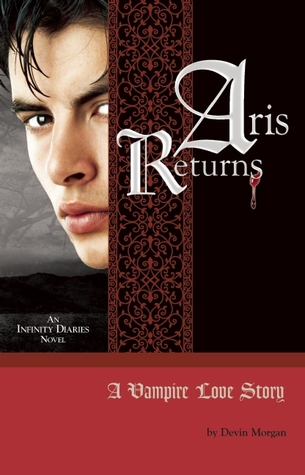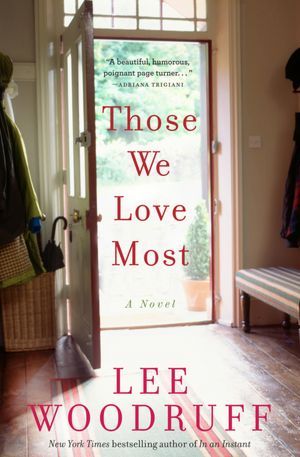I am delighted to introduce
 |
© Deborah Swift
|
Author
of

It is 1660. The King is back, memories of the Civil
War still rankle. In rural Westmorland, artist Alice Ibbetson has become
captivated by the rare Lady's Slipper orchid. She is determined to capture it's
unique beauty for posterity, even if it means stealing the flower from the land
of the recently converted Quaker, Richard Wheeler. Fired by his new found faith,
the former soldier Wheeler feels bound to track down the missing orchid.
Meanwhile, others are eager to lay hands on the flower, and have their own
powerful motives. Margaret Poulter, a local medicine woman, is seduced by the
orchid's mysterious herbal powers, while Geoffrey Fisk, Alice's patron and
former comrade-in-arms of Wheeler, sees the valuable plant as a way to repair
his ailing fortunes and cure his own agonizing illness. Fearing that Wheeler
and his friends are planning revolution, Fisk sends his son Stephen to spy on
the Quakers, only for the young man to find his loyalties divided as he
befriends the group he has been sent to investigate. Then, when Alice Ibbetson
is implicated in a brutal murder, she is imprisoned along with the suspected
anti-royalist Wheeler. As Fisk's sanity grows ever more precarious, and Wheeler
and Alice plot their escape, a storm begins to brew, from which no party will
escape unscathed.

Winter, 1661. In her short life Sadie Appleby has never left
rural Westmorland. But one night she is rudely awoken by her older and bolder
sister, Ella. She has robbed her employer and is on the run. Together the girls
flee their home and head for London, hoping to lose themselves in the teeming
city. But the dead man's relatives are in pursuit, and soon a game of cat and
mouse ensues amongst the freezing warren that is London in winter. Ella is soon
seduced by the glitter and glamour of city life and sets her sights on the
flamboyant man-about-town, Jay Whitgift, owner of a beauty parlour for the
wives of the London gentry. But nothing in the capital is what it seems, least
of all Jay Whitgift. Soon a rift has formed between Ella and Sadie, and the
sisters are threatened by a menace more sinister than even the law. Set in a
brilliantly realised Restoration London, The Gilded Lily is a novel about
beauty and desire, about the stories we tell ourselves, and about how
sisterhood can be both a burden and a saving grace.
Deborah has very kindly taken the time out of her busy schedule to answer questions
for Jaffareadstoo
Welcome Deborah,
What makes you want to write historical fiction?
The past is endlessly fascinating. I love it that I
can highlight our modern experience by putting it into a new context,
often through a situation from the past. It is human nature that people
tend to repeat mistakes, and by looking to history we can see how people
from the past handled what seem to be our current dilemmas but
are actually age-old questions. It is usually the age-old questions, the ones
of truth, life, existence, that I am interested in! I also enjoy to give a
voice to those in history that are often forgotten - not Kings and Queens, but
ordinary men and women who have lived through extraordinary or dangerous
times.
Where did you get the inspiration for The Gilded Lily?
I was initially interested in the fact that 17th
century girls in the city of London were under pressure to conform to
an ideal of beauty, just as they are today. The list of apothecaries'
ingredients commonly applied was alarming - for example the use of ceruse
or 'white lead' which was supposed to make your complexion pale. It led me
to wonder what would happen if two country girls - one pretty
and one plain, and who previously had had no exposure to fashion - were
forced to start their lives again under this pressure. Actually, the story
developed and expanded from this germ of an idea and allowed me to not
only explore the relationship between the two sisters but also the
nature of storytelling itself.
Where did your research for The Gilded Lily take you?
I travelled to London, but most of 17th century London was
destroyed in the Great Fire, so I did a lot of Archival research, examining old
maps, chapbooks, which were the newspapers of the day for the common man, and I
also looked at diaries (such as Pepys for London and Lady Anne Clifford
for Westmorland). I read anything I could get hold of that would give me a
sense of poor people's lives of the time. The London Museum gave me a
sense of 17th century London, and also portraits in the National
Portrait Gallery for some of the more affluent characters in the
novel. To get a sense of wig making I practised at a theatrical wigmakers
and I also had a go at mixing some of the recipes for 17th century cosmetics
from housewifery books of the time. I am a fanatical researcher and love that
aspect of my writing.
Do you write stories for yourself, or other people?
I began by writing mostly for myself, but now I know my
novels will be read, I am much more aware of the reader than I was! Though I think
I have always been in some sense a reader as I read all the time, and am very
aware when something in another book I am reading does not ring 'true'.
Readers construct my books in their imaginations, and the
memory of that experience can linger a lifetime. So I am always immensely
grateful when someone has invested their time in one of my books.
Do you have a special place to do your writing?
 |
© Deborah Swift
|
It's not very special! But it is an office - surrounded by
piles of books and papers and notes, and bits of research, and the dregs from
my last cup of tea. Sometimes I like to go 'on location' to write. For
example I wrote some of
THE GILDED LILY sitting by the Thames, and I wrote
some of
THE LADY'S SLIPPER inside
Levens Hall which I was using as an
interior. It helps me to get a real sense of place and gives me an
atmosphere I could not have imagined.
Can you tell us what you are writing next?
I've finished my next -
A DIVIDED INHERITANCE which is set in 1609 and is the story of a woman whose life is
turned upside down when a cousin she has never met arrives
unannounced at her house. Because of him she ends up travelling to Spain where
she comes into contact with a charismatic sword master at his esoteric
fencing school in Seville. I loved researching Golden Age Spain which is
visually stunning with its Moorish palaces and grand squares, and I loved
writing the story which is one of courage, hope and the triumph of kinship
over adversity.
Also I thought I deserved some sunshine after researching
the coldest winters and the Little Ice Age for T
HE GILDED LILY!
And finally for fun..
What books are on your bedside table?
Lots! But I'll highlight
THE WITCH AND HER SOUL by Christine Middleton. A debut novel by a woman of 80 years old - a fantastic
literary read about The Pendle Witches. The research is impeccable and my
paperback copy is beautifully produced.
Deborah - thank you so much for giving such an insightful interview. Jaffa and I thrilled to have been able to chat with you about The Gilded Lily, and Jaffa is even more thrilled to meet your lovely cat Tabby....
 |
| Meet Tabby who is another discerning feline reader... |
Deborah has very kindly donated a copy of The Gilded Lily to one lucky UK winner of this giveaway.
My review of The Gilded Lily
























